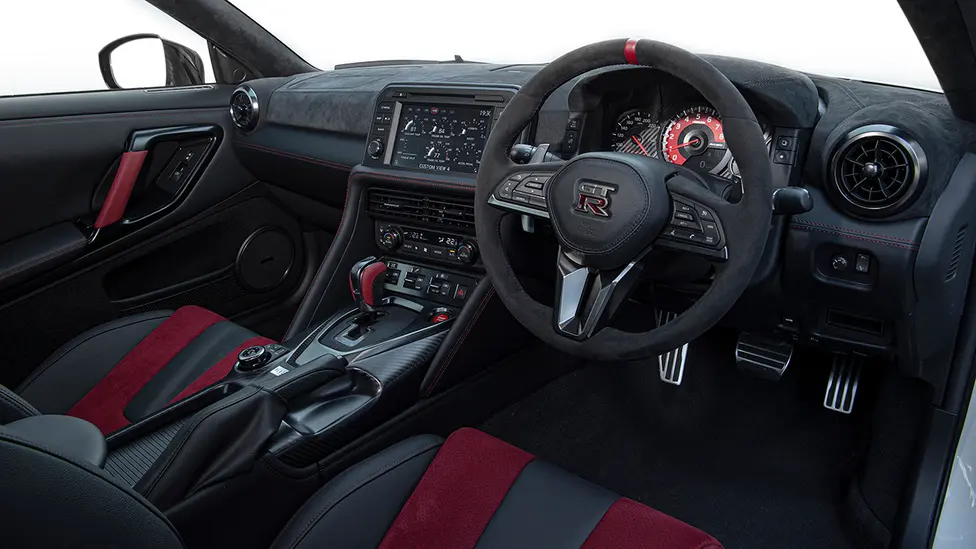Like every legend, even the mighty GT-R has to bow out at some point. Since its launch in December 2007, the R35 has been terrorizing supercars and thrilling petrol heads, but its time is running out. The iconic "Godzilla" is being forced into retirement not because Nissan wants to, but because regulatory red tape has strangled it out of existence.
In an interview with Top Gear magazine, Nissan’s global product boss, Pierre Loing, made it clear: “It’s been on sale for 17 years and we’d love to keep it going for another 17, but the regulator gives us some trouble!” That’s corporate speak for, “The laws have killed it.” The R35 GT-R met its end in Europe back in July 2021, when new noise regulations came into play. Before that, it was already taken off the Australian market due to stricter side-impact crash tests.
What’s particularly gut-wrenching is that, unlike many other performance cars, there’s no immediate replacement on the horizon. Usually, when one generation bows out, the next one’s already waiting in the wings. But with the R35’s production set to wind down by 2025, Nissan has admitted that there won’t be a successor rolling off the Tochigi plant production line anytime soon. Loing hinted at history repeating itself, referring to past production gaps in the GT-R's lineage.
Now, the burning question will there ever be an R36? Last year’s Hyper Force concept teased the prospect of an all-electric future for Nissan’s halo car. With its wild looks and the promise of solid-state batteries, it’s a glimmer of hope. But let's not get too excited just yet. It took Nissan six years from the GT-R’s original 2001 concept to the 2007 production model. So, if the R36 does arrive, it could still be a long wait.
At the start of 2024, Nissan’s design program director, Giovanny Arroba, dropped a tantalizing hint, suggesting the next GT-R could arrive by 2030. He called the Hyper Force concept a "daring but tangible dream to achieve by the end of the decade." Whenever it comes, the next GT-R will join the ranks of the Z an if we're lucky the resurrection of the Silvia.
But it’s not just the GT-R that’s falling victim to tougher laws. The relentless march of legislation has already claimed several performance casualties this year in Europe. The Toyota GR86, Subaru BRZ, Porsche Boxster, and Cayman have all been killed off thanks to new cybersecurity regulations. Even Mazda’s beloved MX-5 lost its punchy 2.0-litre engine, leaving the smaller 1.5-litre as the only option for the roadster faithful.
And don’t think this is limited to niche cars. Europe’s latest emissions rules have taken a chunk out of the Ford Mustang too, which now produces 38 kW less than its American counterpart. Even BMW’s M135i, X1 M35i and X2 M35i have been dialed back for the European market.
The writing's on the wall if you're in the market for a proper driver's car, it’s becoming a case of now or never. Stricter laws are just around the corner, and your dream car could either get watered down or disappear entirely. As for the GT-R? If you haven’t already, it might be time to grab a piece of automotive history before the legend fades into the sunset for good.
















.jpg)



.jpeg)

.jpeg)
.jpeg)

